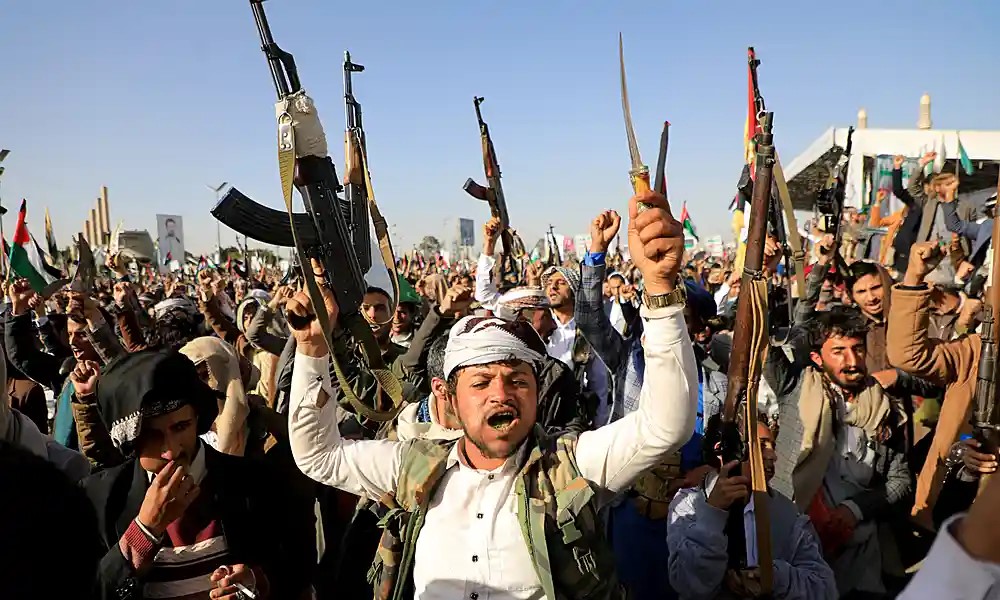
Red Sea Crisis: How Has It Impacted India
 Mon, 15 Jan 2024
| Reading Time: 6 minutes
Mon, 15 Jan 2024
| Reading Time: 6 minutes

Today it is household news that how on the eve of 5th January 2024, the Indian Navy’s Marine Commandos (MARCOs) rescued 21 crew members of the merchant ship MV Lila Norfolk, including 15 Indians, from the pirates, off the Somalia coast. However, the question arises — what is the Indian navy doing in a far-flung place like the coast of Somalia? How is the region important to India? Why has the Indian navy deployed several guided-missile destroyers in the region?
To understand that one has to look at the bigger picture. This would throw up some very important figures like about a third of all daily shipping in the world passes the northeast edge of Africa and about 12 percent through the Suez Canal. There is a chokepoint existing between Yemen and Djibouti called Bab-el-Mandeb. It is 18 miles wide at its narrowest providing only two miles wide channel for the two-way traffic. The merchant vessels face this chokepoint on their way to the Red Sea and the Suez Canal daily. Therefore, any power, big or small can disrupt the world economy, if it makes these chokepoints chaotic.
Historically, the region became notorious from 2008 onwards when piracy in the region picked up. It peaked in 2011, forcing many including India, France, the US, and other nations to deploy anti-piracy forces in the region. The deployment paid dividends. The risk-reward equation for piracy became less attractive and the piracy activities off the coast of Somalia diminished by 2018.
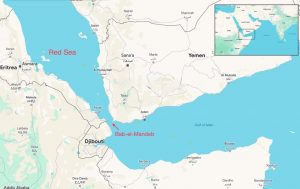
The Red Sea, Bab-el-Mandeb, and the Gulf of Aden
However, the recent Israel-Hamas conflict brought back the dark memories of the early-2000s with the Houthis jumping into the fray from the end of October 2023. The Houthis, mostly supported by Iran are a Zaydi Shiite militant group that has been fighting the region’s poorest nation Yemen’s Sunni-majority government since 2004. They fought a bloody war with Saudi Arabia and the UAE, from 2015 to 2022.
Soon after the Israel-Hamas conflict exploded the Houthis claimed that they would prevent Israeli-registered or owned ships from passing through the Red Sea, until Israel stopped attacks on Gaza. They kept their word and escalated attacks on cargo ships using missiles, drones, and small boats.
The Worldwide Impact
The attacks have caused operators to delay shipments or divert ships around Africa’s Cape of Good Hope. This has added about 6,000 km of distance, two weeks to delivery time, and an additional cost of one million dollars for every trip. The insurance costs are also rising, adding to the overall cost of shipments.
Big companies like Maersk, Hapag-Lloyd, British Petroleum, Frontline, etc have either paused their usage of the Red Sea or plan to do so soon. As per Clarkson Research Services Ltd, a unit of the world’s largest shipbroker, the number of vessels passing through the Suez Canal has already dropped by a whopping 44 percent.
The US in a Bind
The US along with Britain, Bahrain, Canada, France, Italy, the Netherlands, Norway, Seychelles, and Spain have started a Red Sea safety operation called, “Operation Prosperity Guardian,” to safeguard marine traffic. This has brought the coalition forces, mainly the US forces, face-to-face with the Houthis on many occasions. Now comes the US dilemma of — to fight or not to fight.
USA’s closest ally in the region Saudi Arabia spent $6 billion per month fighting the Yemen war between 2015-2022. They were forced to sign an uneasy temporary truce which hinges on very fragile terms. A permanent ceasefire was on the cards when the Israel-Hamas conflict erupted. Both Saudi Arabia and the UAE have a lot at stake if the ceasefire breaks down.
How China Trapped the West
It is difficult to say that up to what extent China is behind this Chaos in the Middle East. However, China’s behind-the-scenes maneuvering is significantly evident, since the move came soon after the Saudi-Houthis permanent peace deal meeting in September 2023. Secondly, it gave a chance to China to showcase the importance of its sinking Belt and Road Initiative (BRI). At this point, it is noteworthy that not even a single Chinese ship has come under attack in North Africa and the Red Sea region. Recently some Chinese shipping companies, including COSCO have started rerouting their ships via the Cape of Good Hope to avoid collateral damage. However, Chinese media outlets are on a propaganda spree stressing the importance of China-Europe freight trains, especially under such circumstances.
Thirdly, the threats in the region also pushed the West to go easy on Iran. The West relaxed the restrictions on the sale of Iranian oil — much of that went to China at a discounted price. With this move, Iran became indebted to China and got firmly entrenched in their orbit. The Houthis standoff also increased the cost of operation for the Western navies in the region. For example, when the French frigates use surface-to-air missiles to shoot down Iran-made Shahed-type drones, the cost difference is huge. The French Aster-15 missiles cost €1 million a piece vis-à-vis the Shahed drone’s cost of €20,000.
The India Angle
Though Houthis said that nations other than Israel need not worry, their claim is not entirely true. Strangely, India-related ships and cargo became their biggest target. A Gabon-flagged MV Sai Baba was hit by a drone in the southern Red Sea end of December 2023. The oil tanker had 25 crew members, and all were Indian nationals. This was followed by an attack on MT Chem Pluto in the Arabian Sea. It had 21 Indian crew members. The saga of MV Lila Norfolk is already well known.
India routinely exports a variety of goods including petroleum products, cereals, and chemicals using these routes. In 2022-23 India’s bilateral trade with Europe and North Africa stood at $106 and $98 billion respectively. 50 percent of the imports and 60 percent of the exports passed through the Red Sea. The rise in the fears regarding cargo ships on the Red Sea has already seen a drop of around 6-7 percent in Indian shipments. This could potentially see a drop in exports by around $30 billion. As per the Federation of Indian Export Organizations, the rising threats have prompted Indian exporters to hold back on around 25 percent of their cargo ships transitioning through the Red Sea as they do not want to bear the recent 250 percent hike in freight charges.
Reimagining the IMEC
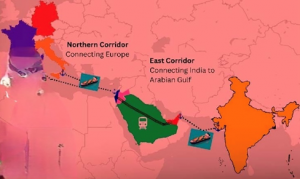
During the G20 summit in New Delhi in September 2023, world leaders unveiled plans for an India-Middle East-Europe Economic Corridor (IMEC). India, Saudi Arabia, the European Union, the United Arab Emirates (UAE), France, Germany, Italy, and the United States signed a Memorandum of Understanding (MoU), committing themselves to advance the IMEC project.
IMEC offers a plethora of potential economic benefits both regionally and internationally. It would cut the cost and increase the speed of cargo shipment from Asia to Europe. However, to achieve such goals, potential political challenges to the project have to be addressed. China which already has substantial influence in the region expressed its displeasure at the project and called it an anti-China and anti-BRI move.
China has invested billions of dollars in places like Egypt, Djibouti, etc to control the trade routes. Therefore, the people in the know immediately figured out that a countermove from China would come sooner than later. But no one anticipated an Israel-Hamas conflict. The Chinese move was multi-dimensional. The Israel-Hamas conflict moved the complete attention of the West from Ukraine to the Middle East giving breathing space to Russia. The move facilitated Iranian oil sale relaxation. If it didn’t permanently derail the IMEC within a month of its declaration, then at least delayed it for a couple of years. And finally, the conflict once again made the precarious China-Europe freight train routes important.
Scrutinizing these developments, it becomes rather more crucial to push for early implementation of IMEC. In addition, India must propose another partner in the project, Oman. There should be two ports ready to receive the goods. One in the UAE and another in Oman. That would nullify any effort by China’s proxies to disrupt IMEC in the Strait of Hormuz. The backup port in Oman would save the world from the disruption of the supply chain that it witnesses today.
One may argue that what is China gaining by disrupting the goods movement when China itself is the biggest supplier? The answer lies in Xi Jinping’s defunct economic model. A crashed property market, failed banking system, fearful tech sector, shrinking population, dearth of loyal ministers and generals, and above all a trillion-dollar blunder called BRI have made China an unstable nation. The coming decade could see China increasingly using groups of proxies to spread chaos, disruptions, and wars to push its hegemonic agendas. On the other hand, the challenge presents India with a unique opportunity to become a shining beacon of hope and leadership with calibrated moves in the right direction.
Disclaimer
The opinions expressed in this article are the author’s own and do not reflect the views of Chanakya Forum. All information provided in this article including timeliness, completeness, accuracy, suitability or validity of information referenced therein, is the sole responsibility of the author. www.chanakyaforum.com does not assume any responsibility for the same.
Chanakya Forum is now on . Click here to join our channel (@ChanakyaForum) and stay updated with the latest headlines and articles.
Important
We work round the clock to bring you the finest articles and updates from around the world. There is a team that works tirelessly to ensure that you have a seamless reading experience. But all this costs money. Please support us so that we keep doing what we do best. Happy Reading
Support Us








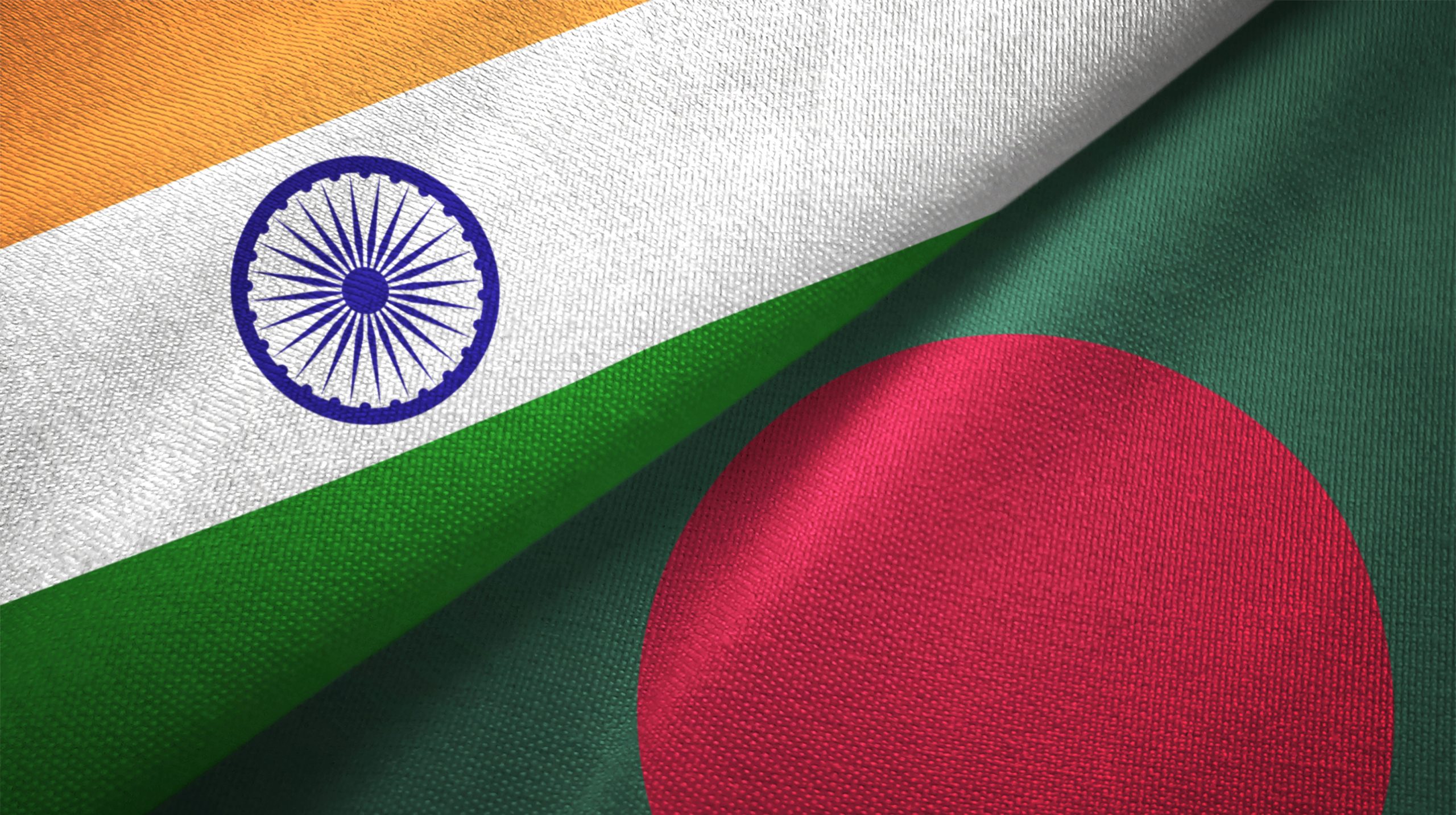
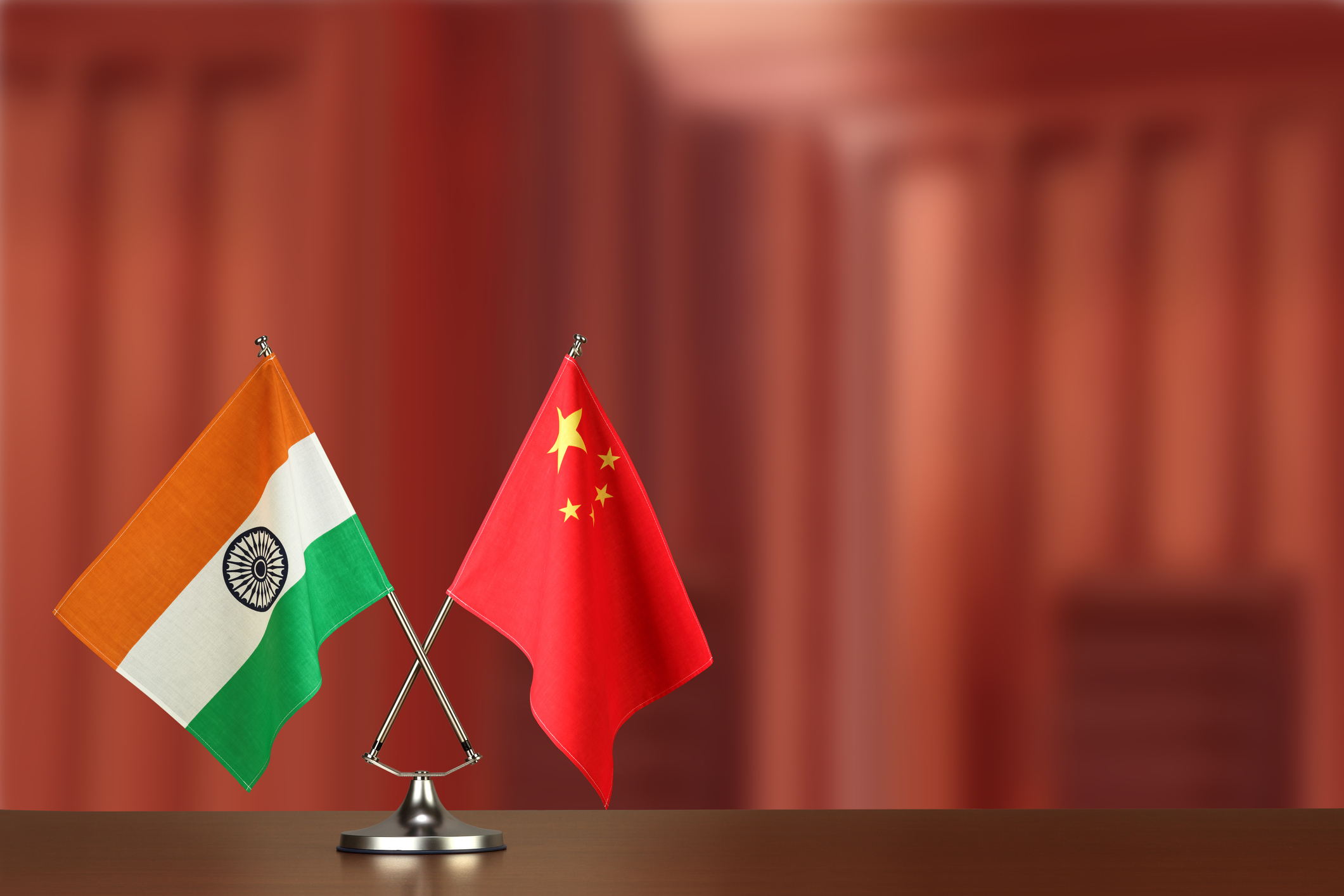




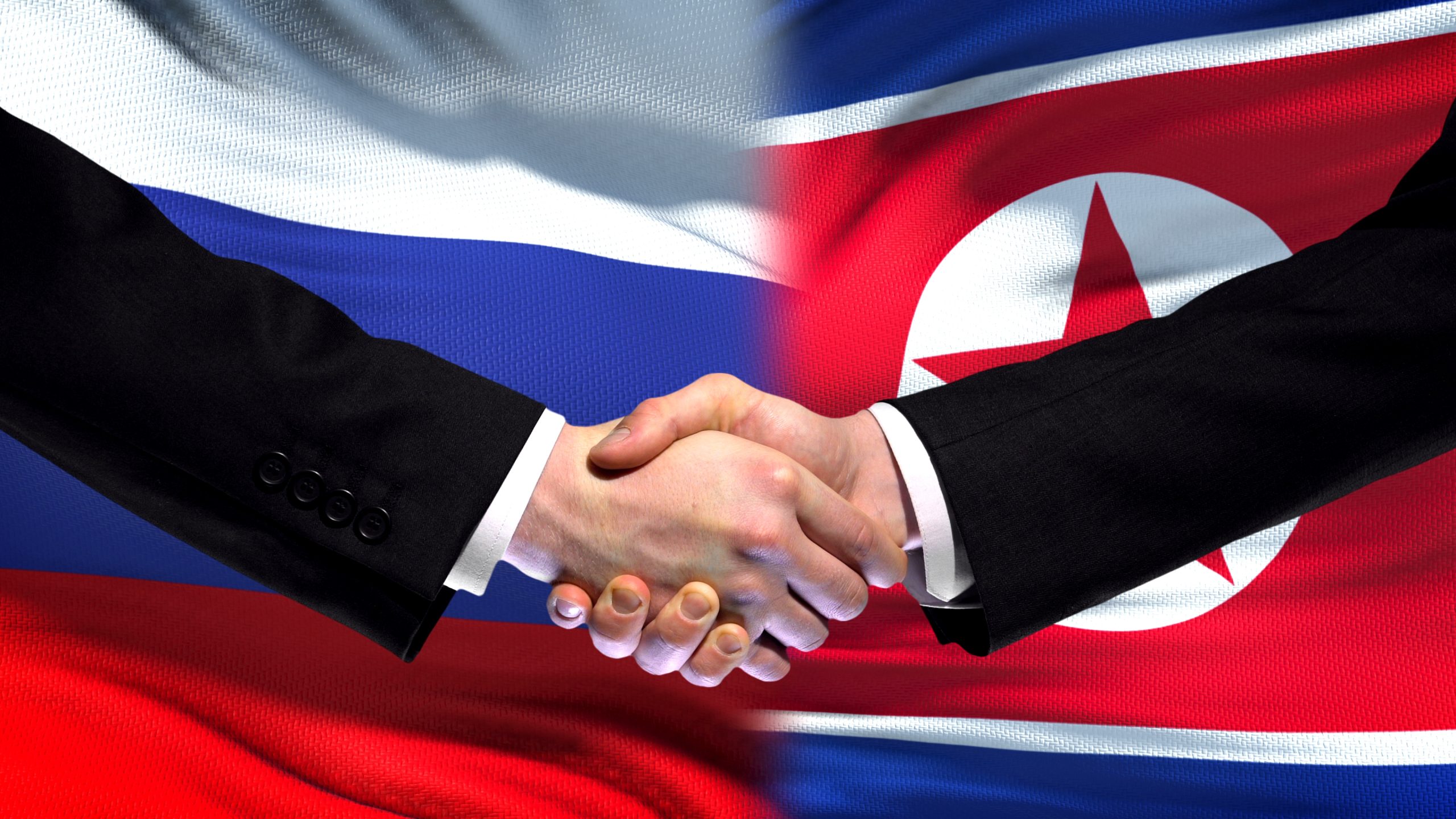






POST COMMENTS (11)
Raman Gupta
ST
ST
ST
Jatinder Pal Joshi
GP Singh
Rakesh P
Arvind Pande
Sanjeev Mittal
Kuldeep Singh
Rominad